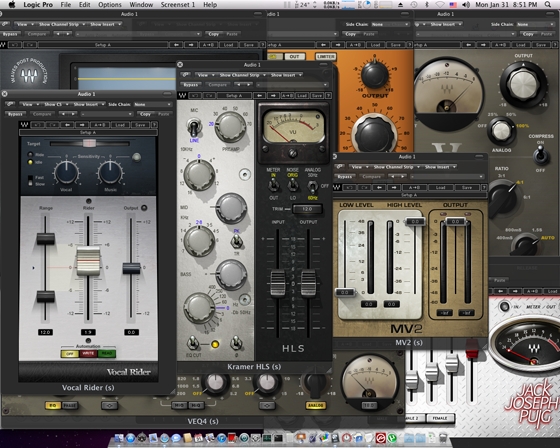
I’ll use it on vocals, guitars, pianos, strings, horns, even drums. I use this plugin all over the place when mixing. When I found out that Universal Audio captured the dense, natural, versatile beauty of the EMT 140 and created a plugin that weighed significantly less than 600 lbs., I was sold. The design evolved over time, but the legendary sound of the EMT 140 was preserved in the form of thousands of records on which it was used. A transducer attached to the center of the metal plate would vibrate the plate when it was fed signal, and one or two pickups mounted to the plate would return the vibration of the plate.

EMT 140 Plate consisted of a thin piece of sheet metal suspended by springs and attached to a metal frame.

The original hardware plate reverb from German company Elektromesstecknik was released in 1957 and revolutionized how reverb was used in the recording industry. Here are my top 7 reverb plugins to use when mixing … 1. Once you understand this, and use reverb not as a band-aid but as a tool to create separation between elements (and to add character and tone to tracks), you’ll find that the elements of your mix will live more harmoniously with one another. So in that sense, while you can “hide” things using reverb, you can’t fix things with it. Worth considering is reverb plugins are essentially recreating many, many copies of whatever is fed into them, so if you’re sending in something that is deficient, you’re only multiplying the deficiency. This might just be me, but sometimes I feel like I really have to put in significant work to make a reverb sit perfectly in a mix, far more work than it takes for me to feel satisfied with other types of processing like compression, saturation and even delay.


I’ll admit, I have a love/hate relationship with reverb. If we don’t curate that space and caringly place our tracks within it, it can negatively affect our mix in a variety of ways. Strange way to open an article about reverb plugins, right? Not really. The idea is that we are connected to the different spaces in our homes, and if we make adjustments to these spaces by arranging them in ways that promote positivity, we will live happier (and healthier) lives. Have you ever heard of the concept “feng shui?” It’s a practice that originated in ancient China that claims to enable humans to live more harmoniously with their environment.


 0 kommentar(er)
0 kommentar(er)
